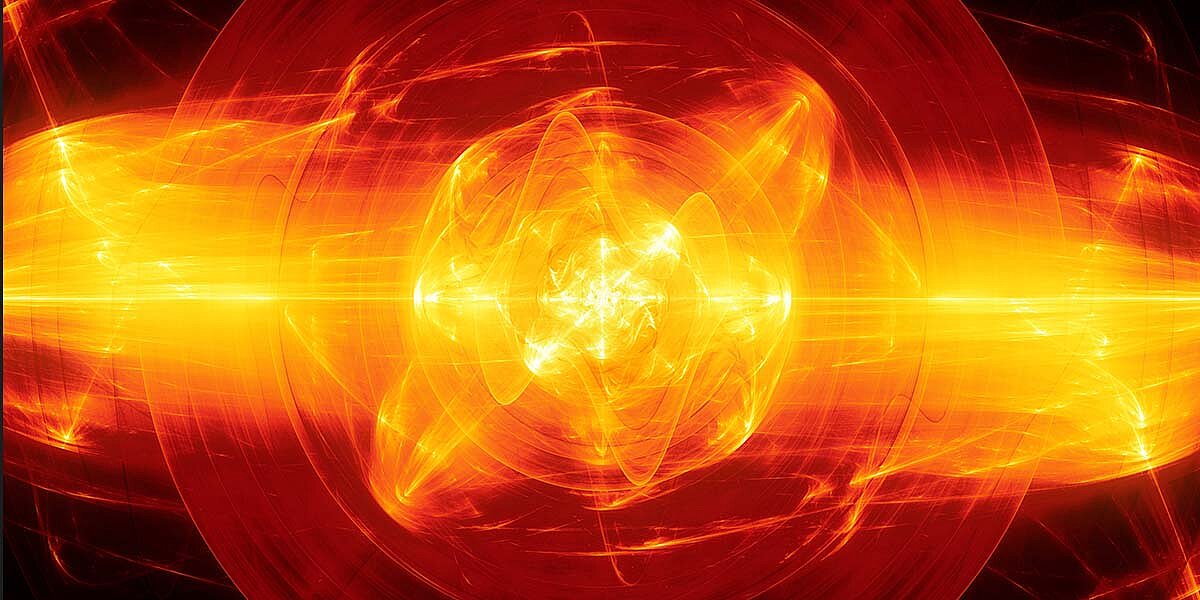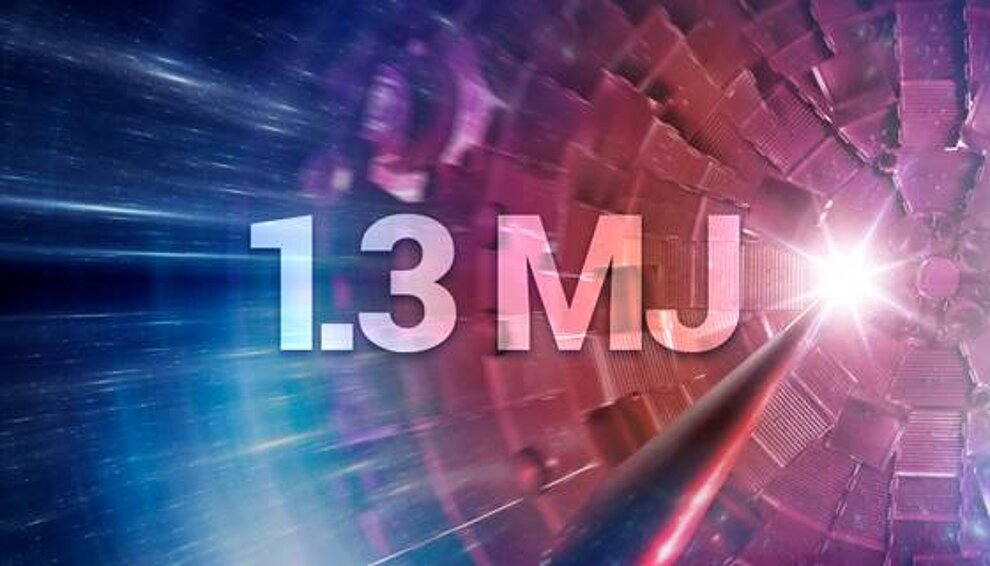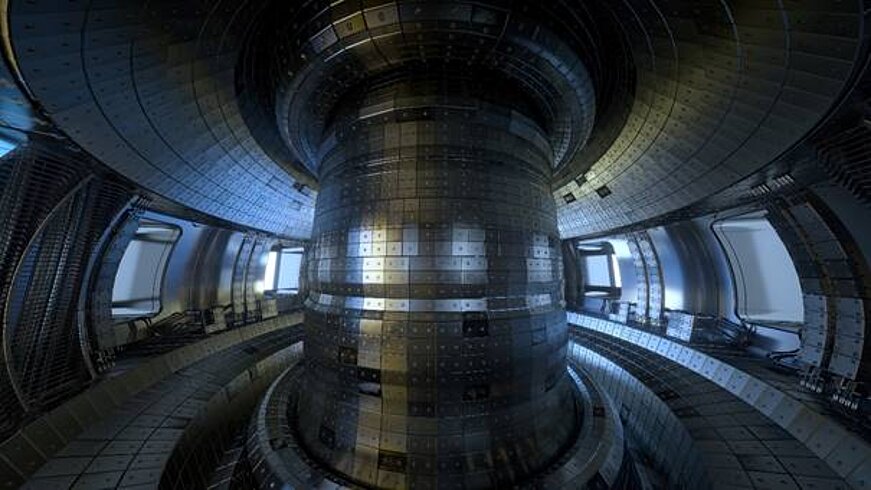Nuclear fusion: A step closer to the big goal

Laser fusion celebrates near breakthrough
A great dream of mankind is to use the nuclear fusion processes that take place on the sun to generate energy on earth. This would make obsolete all the energy problems we are trying to solve today with nuclear fission, fossil fuels, hydroelectric power, wind and solar power.
A rough look at energy densities shows why nuclear fusion is in a different league:
| Solar | 1,37 10-3 | MJ/m² [1] |
|---|---|---|
| Wind | 1,50 10-3 | MJ/m³ [2] |
| Hydropower | 1,15 100 | MJ/m³ [3] |
| Battery | 2,00 100 | MJ/kg |
| Wood | 1,68 101 | MJ/kg |
| Diesel | 4,00 101 | MJ/kg |
| Hydrogen | 1,20 102 | MJ/kg |
| Nuclear fission | 7,94 107 | MJ/kg |
| Nuclear Fusion | 8,00 108 | MJ/kg |
| Radiation matter | 8,98 1010 | MJ/kg |
The extent to which regenerative energies are to be evaluated differently is not the issue here, nor is the storage capability. With nuclear fusion, the fuel is available "indefinitely".
The big problem with the technical implementation of nuclear fusion so far has been that only a fraction of the energy put in, about 3%, is recovered. If nuclear fusion is to solve mankind's energy problem on earth in the not too distant future, more energy must be released than is supplied.
This value has now abruptly risen to 70%. With an energy input of 1.9 MJ, 1.3 MJ could be recovered. This means that the goal of reaching breakeven on August 8, 2021, at Lawrence Livermore National Laboratory (LLNL) in Livermore, California, has been approached as never before.
Nuclear fusion requires generating temperatures higher than those on the sun to get fusion started and sustained. The higher temperatures for a fusion process are required on Earth because the gravity on the Sun is many times higher, aiding the fusion process.
[1] Amount of energy, which impinges on 1 m² in one second of solar radiation energy.
[2] 1 m³ air at 50 m/s wind speed
[3] 1 m³ of water at 118 m drop height (Itaipu)


The heat and pressure required for nuclear fusion is generated by a high-energy and ultrashort laser flash. The fuel, made from a mixture of the hydrogen isotopes deuterium and tritium, is confined at the center of the device in a two-millimeter capsule that sits inside a one-centimeter cylinder of gold. A total of 192 individual laser beams concentrate their light for 20 billionths of a second on the gold, which vaporizes and ejects X-rays into the center of the capsule, which in turn compress and heat the capsule so that the atomic nuclei of hydrogen it contains fuse.

There is certainly still a long way to go before this is developed into a continuous process that can be used to generate electricity.
China recently reported a record in which 120 million degrees Celsius could be maintained for 101 seconds in an experimental reactor.
China's large experimental reactors operate on the same principle as the International Thermonuclear Experimental Reactor (ITER), which will be completed at Cadarache by 2025. In a donut-shaped ring, hydrogen plasma is accelerated, tamed and heated until fusion of the hydrogen atoms occurs.
Merkle & Partner has carried out various investigations for some components of ITER. For Siemens, for example, we performed earthquake safety tests for the high-voltage deck, and for Cryotherm we performed temperature, pressure and earthquake tests for the cryogenic lines.
In the nuclear sector, companies such as Engie, KSB and Rütschi rely on our expertise.
I would like to see us continue to work on real high technologies such as nuclear fusion in order to develop solutions for the world's rapidly growing energy needs.
We would also be happy to support you in meeting the challenges facing your company. It doesn't always have to be a nuclear reactor or a fusion reactor.
Your Stefan Merkle
